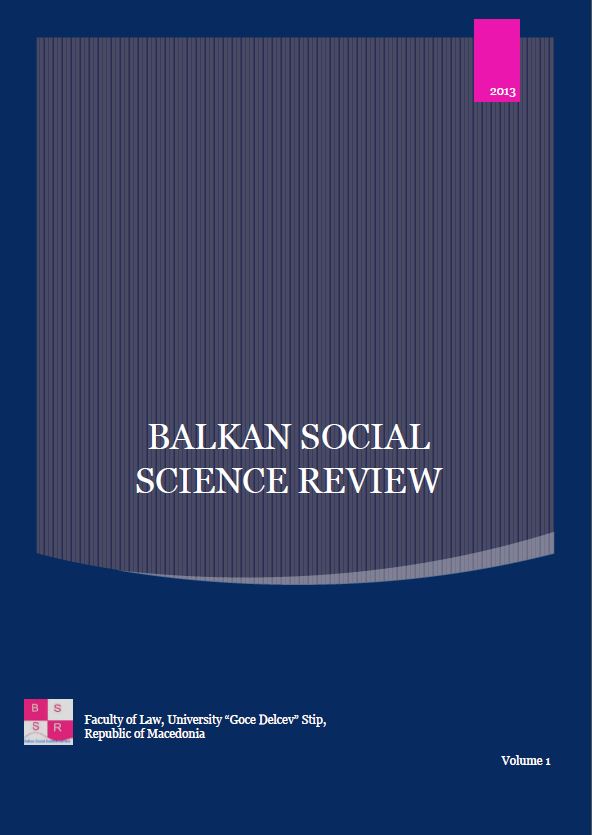Capital Flows to Emerging and Transition Economies During and After the Global Financial Crisis in 2008
Abstract
During the years before the crisis, emerging market economies have encountered large waves of capital flow. Nevertheless, with the beginning of the crisis, the financial institutions from developed countries stricken by the crisis, started massive withdrawal of capital from their affiliates located in emerging market economies, which caused a negative influence over the foreign exchange reserves and national currencies and even over the liquidity crisis in these economies. This paper analyses the dynamics of various types of capital flows to emerging economies during and after the global financial crisis. The first part discusses dynamics of various types of international capital flows during the global financial crisis. The second part focuses on the regional distribution of capital inflows to emerging markets economies. The third part raises the issue of the changed pattern of foreign direct investment, observed during and after the global crisis. The fourth part discusses possible policy responses for dealing with volatile capital flows to emerging market economies.
Key words: capital flows, emerging economies, global financial crisis, foreign direct investment, portfolio inflows, remittances
Downloads
Downloads
Published
Issue
Section
License
Permissions
Authors are expected to obtain permission from copyright holders for reproducing any illustrations, tables, figures or lengthy quotations previously published elsewhere. BSSR will not be held accountable for any copyright infringement caused by the authors.
Copyright
The content offered in the BSSR remains the intellectual property of the authors and their publishers respectively. University “Goce Delcev”- Shtip, R. Macedonia and BSSR keap the right to promote and re-publish the texts.


